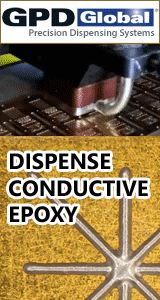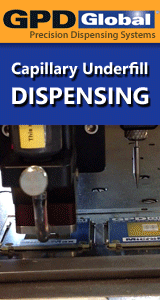Printed Circuit Board Assembly & PCB Design Forum
SMT electronics assembly manufacturing forum.
- SMTnet
- »
- Electronics Forum
- »
- Stencil Cleaner
Stencil Cleaner
![]() I am looking a stencil cleaner machine. My co. is ISO 14000 ...
- Mar 26, 2002
by
Robert
I am looking a stencil cleaner machine. My co. is ISO 14000 ...
- Mar 26, 2002
by
Robert
![]()
![]()
![]() There are two basic technologies to choose from:
1. Ultr...
- Mar 26, 2002
by
There are two basic technologies to choose from:
1. Ultr...
- Mar 26, 2002
by
![]()
![]()
![]() Hi,
We have a Cleaing machine which is Germany product....
- Mar 27, 2002
by
Hi,
We have a Cleaing machine which is Germany product....
- Mar 27, 2002
by
![]()
![]() No-clean fluxes seem harder to clean from stencils [squeegee...
- Mar 28, 2002
by
davef
No-clean fluxes seem harder to clean from stencils [squeegee...
- Mar 28, 2002
by
davef
![]()
![]()
![]() Hi Dave,
No-clean paste is more difficult to remove in po...
- Mar 28, 2002
by
Hi Dave,
No-clean paste is more difficult to remove in po...
- Mar 28, 2002
by
![]()
![]()
![]() Hello Dave,
Water Washable (Organic Acid, OA) post solder...
- Mar 28, 2002
by
KKleinsmith
Hello Dave,
Water Washable (Organic Acid, OA) post solder...
- Mar 28, 2002
by
KKleinsmith
![]()
Robert
- SMTnet
- »
- Electronics Forum
- »
- Stencil Cleaner







